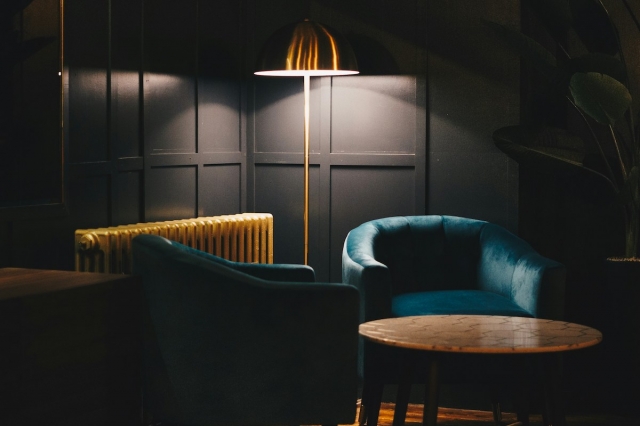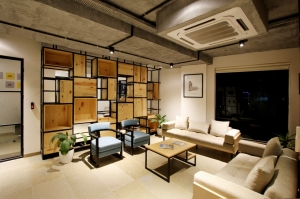A Guide to Choosing Materials for Bespoke Joinery
Bespoke joinery is an excellent way to add character, functionality, and craftsmanship to your home or commercial space. Whether you're designing custom furniture, doors, windows, or cabinetry, selecting the right materials is crucial for durability, aesthetics, and performance. This guide will help you navigate the key considerations when choosing materials for your bespoke joinery project.
1. Understanding the Types of Wood
The choice of wood is the foundation of bespoke joinery. There are two primary categories: hardwoods and softwoods, each with distinct characteristics.
Hardwoods (Durable & Premium Quality)
Ideal for long-lasting, high-end joinery projects, hardwoods offer strength and a refined finish. Some common choices include:
- Oak – Strong, durable, and timeless with a natural grain; great for furniture, doors, and staircases.
- Walnut – Rich in color and luxurious in appearance, perfect for elegant cabinetry and statement pieces.
- Ash – Flexible and shock-resistant, making it ideal for curved or intricate designs.
- Mahogany – Deep reddish-brown, highly durable, and resistant to moisture; used for classic furniture.
Softwoods (Affordable & Versatile)
Softwoods are more budget-friendly and easier to work with, making them suitable for a variety of joinery projects. Common options include:
- Pine – Lightweight, widely available, and versatile, though it requires proper sealing for durability.
- Cedar – Naturally resistant to moisture and insects, great for outdoor joinery and wardrobes.
- Douglas Fir – Strong and stable, often used in structural joinery or furniture with a rustic look.
2. Engineered Wood vs. Solid Wood
In addition to natural timber, engineered wood options are available for bespoke joinery, each offering different advantages.
- Plywood – Made from multiple layers of wood veneer, it is strong and less prone to warping, ideal for cabinetry and paneling.
- MDF (Medium-Density Fibreboard) – Smooth and easy to paint, making it a great choice for contemporary furniture and interior joinery.
- Veneered Wood – A thin layer of premium wood applied to a plywood or MDF base, giving the appearance of solid wood at a lower cost.
For projects requiring high durability and minimal expansion/contraction, engineered wood can be a practical alternative to solid timber.
3. Choosing the Right Finish
The finish enhances the aesthetic appeal and longevity of your joinery. Consider the following options:
- Natural Oil or Wax – Enhances the grain and provides a warm, matte finish while protecting the wood.
- Varnish or Lacquer – Offers a glossy or satin finish with added durability against moisture and scratches.
- Painted Finish – Best for MDF or softwoods, providing a smooth and customizable color option.
Each finish has different maintenance requirements, so choose one that fits your lifestyle and usage needs.
4. Sustainability & Ethical Sourcing
Sustainable timber choices are becoming increasingly important. Look for materials certified by:
- FSC (Forest Stewardship Council) – Ensures wood is sourced from responsibly managed forests.
- PEFC (Programme for the Endorsement of Forest Certification) – Promotes sustainable forest management globally.
Opting for reclaimed wood is another environmentally friendly choice that adds unique character to your joinery.
5. Considering Moisture and Environmental Conditions
Different environments require different material considerations:
- For Kitchens & Bathrooms – Choose moisture-resistant hardwoods like oak or teak, or opt for treated plywood/MDF.
- For Outdoor Joinery – Cedar, teak, or pressure-treated woods work best due to their weather-resistant properties.
- For High-Traffic Areas – Dense hardwoods like ash or mahogany ensure longevity and wear resistance.
Conclusion
Selecting the right materials for bespoke joinery requires balancing aesthetics, durability, budget, and sustainability. Whether you opt for luxurious hardwoods, cost-effective softwoods, or engineered wood alternatives, understanding their properties ensures a successful and long-lasting result. By considering the purpose, finish, and environmental factors, you can create beautifully crafted joinery that stands the test of time.






